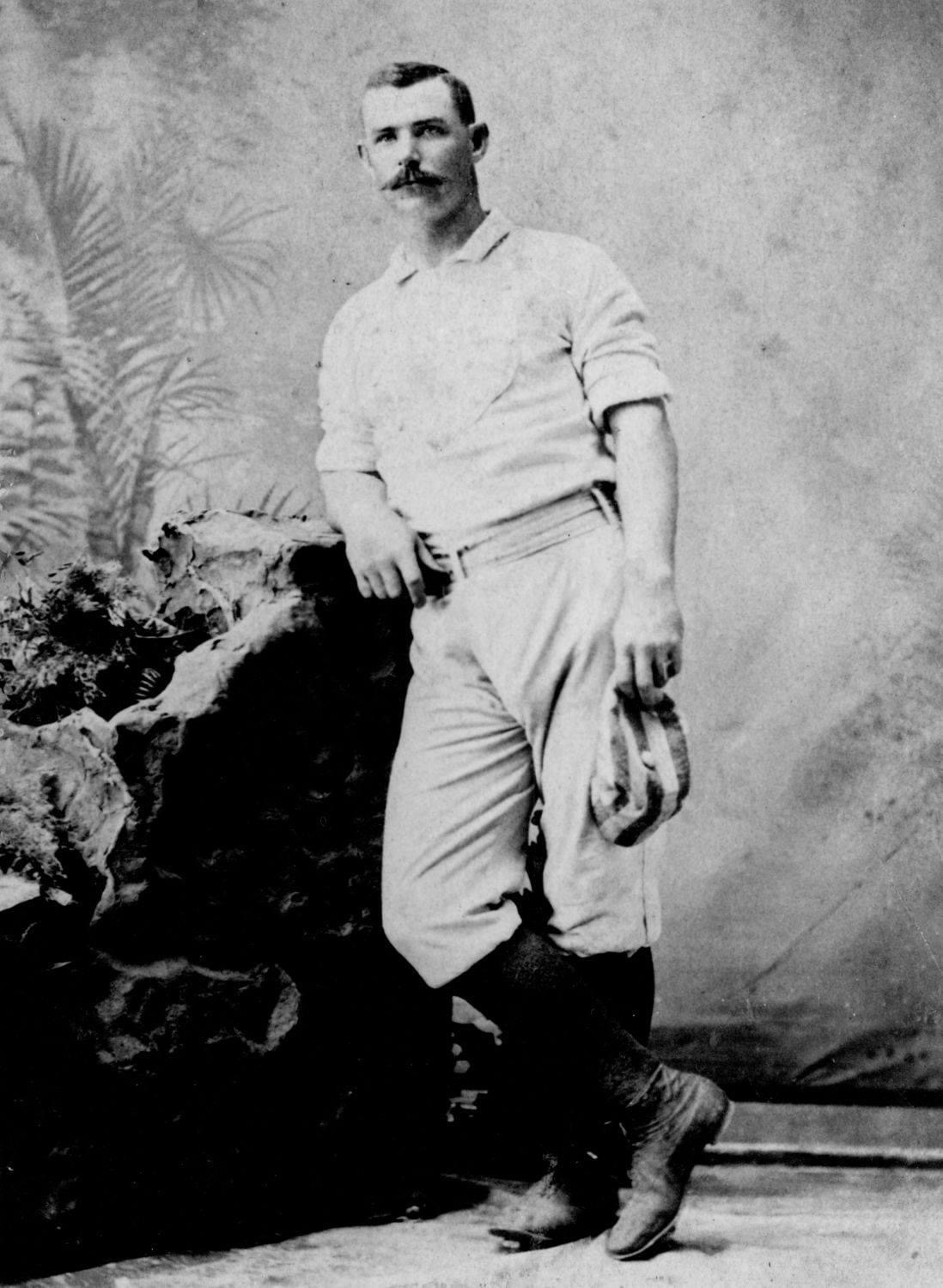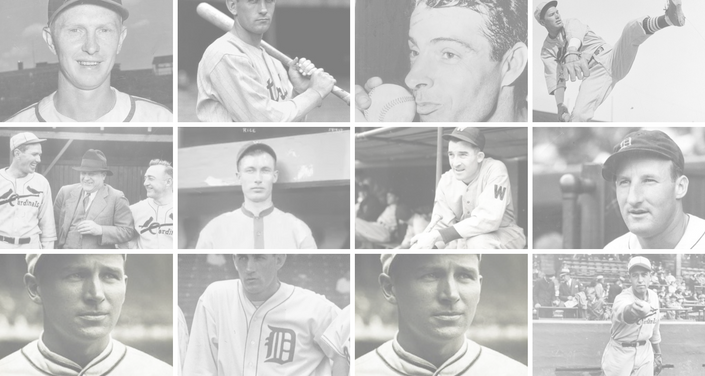Roger Connor becomes the ML’s all-time HR leader
Roger Connor becomes the ML’s all-time HR leader‚ passing Harry Stovey with his 4th round-tripper of the season‚ and the 122nd of his career. This historic HR drives in St. Louis’s only 2 runs in a 5-2 loss to Brooklyn.




